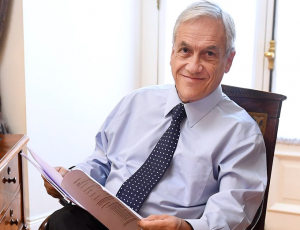Chinese President Xi Jinping made
a rare visit to the politically-sensitive region of Tibet, Chinese state media
reported on Friday.
This was the first official visit by a Chinese President to
the troubled region in 30 years. The last Chinese President to visit Tibet was Jiang
Zemin in 1990.
The president was in Tibet from
Wednesday to Friday, but the visit was reported only on Friday due to the
sensitivities of the trip, reports BBC.
The politically-charged region of
Tibet has alternated between independence and Chinese control over centuries.
China says that it “peacefully
liberated” the rugged plateau in 1951 and brought infrastructure and education
to the previously underdeveloped region.
But exiled Tibetans accuse the Chinese
government of suppressing cultural and religious freedom in the mainly Buddhist
region.
In the footage released by state
broadcaster CCTV on Friday, Xi was seen granting a crowd wearing ethnic
costumes and waving Chinese flags as he set foot on the country in a red carpet
welcome as dancers performed around him.
Also Read | US-China Olympic rivalry: The gold rush over the years
The BBC reported that Xi arrived
in Nyngchi, in the southeast of the region and surveyed the area’s urban
development prospects before travelling to capital Lhasa on the high-altitude
railway.
Xi Jinping called upon the local
Communist Party cadre to “consolidate the foundation” of patriotic and “anti-separatist”
education and said they must “increase all ethnic groups’ identification with
the motherland, the broadcaster reported.
Chinese state TV said that the
president met locals in front of Potala Palace in Lhasa, the former home of the
exiled spiritual leader Dalai Lama.
Also Read | Israel appoints commission to review Pegasus-maker NSO group
People in the city had “reported
unusual activities and monitoring of their movement” ahead of this visit, advocacy
group International Campaign for Tibet said on Thursday.
Xi last visited the region 10
years ago as vice-president. State media said Xi took time to learn about the
work being done on ethnic and religious affairs and the work done to protect
Tibetan culture.






